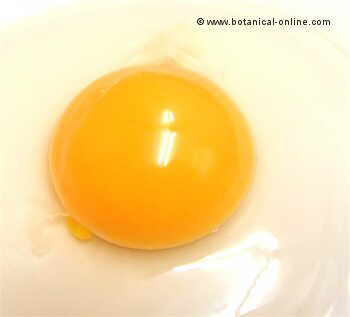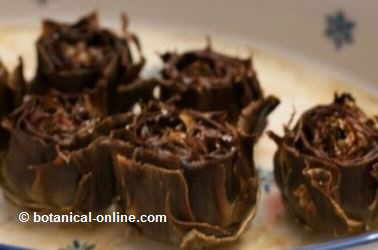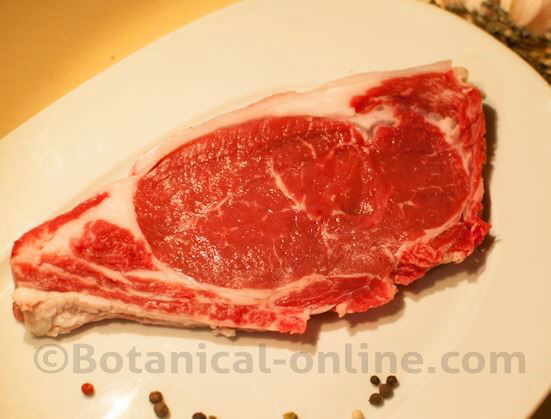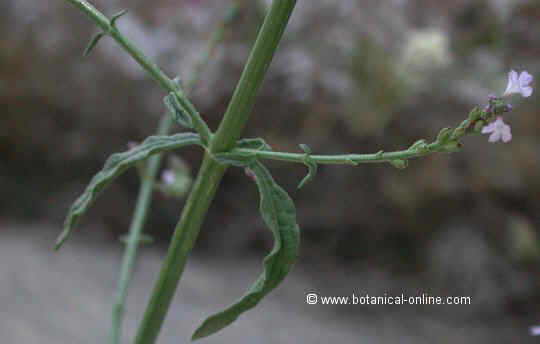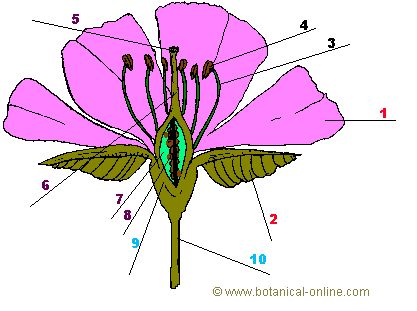Contents
Fertilizer, fumigation and other maintenance tasks for the olive tree
 How is an olive tree pruned?
How is an olive tree pruned?
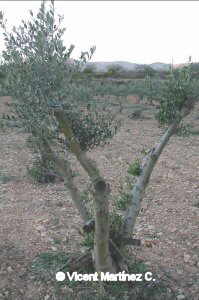
Once the tree has been established, a formation pruning must be carried out to give it the shape it will have in the future. All varieties require lighter or production pruning that should be done annually in good weather. The function of this pruning is multiple.
- Get the specimen to have a uniform and balanced shape. For this we will eliminate those branches that stand out from the general design.
- Remove those branches that prevent access to the interior of the plant, making cultivation tasks such as fumigation or olive harvesting impossible. Those intersecting branches that close the canopy inside will be eliminated.
- Facilitate the entry of the sun, necessary for the good growth of the fruits and for an abundant flowering. In this case, the material to be removed is similar to the previous point.
- Revitalize the plant, eliminating wood, so that the remaining grows more vigorously.
Complete pruning is carried out with the old specimens or those that have had adverse weather conditions that have left the trees in poor condition. This consists of cutting the trunk below so that it regrows and, from the two or three shoots that present a better look, get a new copy.
 Fertilization
Fertilization
Fertilize by means of granular compost rich in nitrogen, phosphorus and potassium, once a year in winter during the months of November and March. Although the amount of compost depends on many factors, a good solution is to spread half a kilo per tree during the first year of nitrogen-rich compost, sprinkling around the trunk and below the crown.
In the second year we will be able to use one kilo of fertilizer per tree. When the specimens are large, we will fertilize with larger amounts at will, combining nitrogen with phosphorus and potassium. In this case, it will need to be sprinkled outside the crown to prevent grass from growing next to the trunk. This cannot be applied in the first two or three years since the roots are too short to reach the compost that is some distance from the trunk.
If manure is available, a fertilization with this element made every two years will not hurt.
 Other tasks
Other tasks
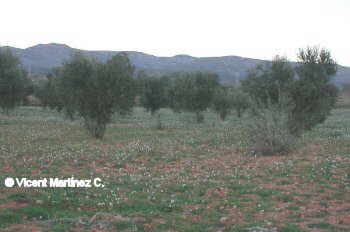
In addition to pruning, other more common tasks that must be carried out prior to harvesting are fumigation and tillage.
It is convenient to carry out a monthly fumigation from the second half of July, with a compound destined to the olive fly eradication, which also contains copper and foliar fertilizer. It is important not to leave the copper fumigation after rinsing in February or March. The objective of these fumigations is to eliminate the grey knight disease, the repilo disease and to preserve the olives from the attack of the worms.
Tillage has been carried out about three times a year. It should be as close as possible to the logs, changing the direction of the tillage, both transversely, horizontally or longitudinally. It should be done in such a way that the plow only removes the superficial part of the earth, without going beyond a depth greater than 20 cm, to avoid that the rain carries away the minerals, or to avoid that the tillage spoils the superficial roots. Those grasses that grow next to the trunk should be removed manually with the hoe or by spraying the grass with herbicides, moving away from the trunk. Between the times that it is advisable the tillage are between May and June, to eliminate the great profusion of spring grasses and to allow that the earth absorbs the water of the spring rains. That is, in September or October, after the rainy season, when the soil has firmed down and allows tillage. Thus, the soil is in suitable conditions for harvesting, in January or February after harvesting the olives. Lately, the substitution of the plow for herbicides has allowed the plowing task to be limited to a single annual pass, with the aim of minimizing soil erosion and nutrient losses. However, from a global point of view, the massive use of herbicide raises problems in groundwater and raises questions regarding possible toxicity in living organisms, including human consumers.
In addition to these two tasks, we must mention the one that involves preparing the soil so that the olives can be harvested. This task is usually carried out in the month of August or September, before the fruits fall. It consists of passing the rake to remove the stones and flattening the earth with a heavy cylinder, pulled by a tractor. These last two works will allow to place the awnings under the tree to collect the olives that fall after hitting the branches with the rakes.
Olive tree information
Information about olives
| Benefits of olives | Olive fruit food | Advantages and disadvantages of eating olives |
![]() More information on olive tree
More information on olive tree

